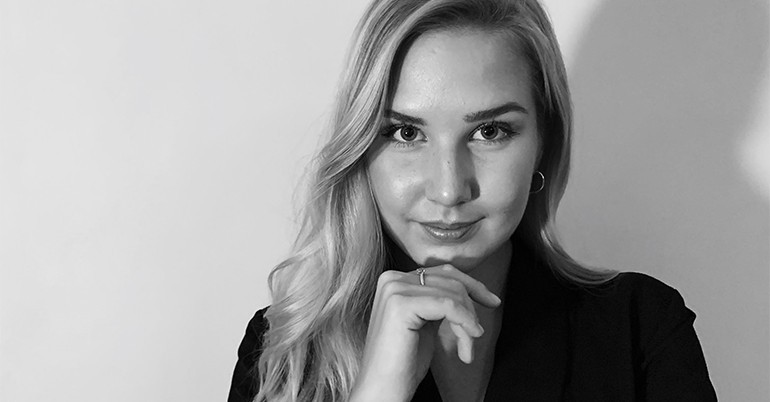Kelli Piksar: What kind of creatures are the young dual residents of Finland and Estonia?
A new generation of young people who are dual residents of Finland and Estonia and have grown up in both countries has emerged. I am one of them and over the course of my life, I have had to give a lot of thought to who I am and to which society I belong at the end of the day. Because for me, it feels like coming home when I cross the border of both Estonia and Finland.
The Finnish Institute presented the notion of dual Finnish-Estonian residents and this is when it struck me – I no longer have to choose to which country I belong. I concluded that I am the dual Finnish-Estonian resident.
Once I familiarised myself with the concept, I carried out a mini-survey commissioned by the Finnish Institute, to find out how the young Finnish-Estonians are shaping their identity and how we could offer them better support. 12 young people aged 19-27 took part in the survey.
The mini-survey showed that Finnish-Estonian youth feel equally part of the Finnish and Estonian society and they are connected to both countries through family ties, work or education. The development of technologies and the geographical proximity of the two countries has made it easier to live in both countries at the same time, encouraged staying in touch and allowed the sense of belonging to flourish in both countries simultaneously.
Part of being a Finnish-Estonian dual resident is that people are not 100% part of either society but at the same time, they are part of both countries. They have one foot in one country and the other foot in the other. They cannot choose only one homeland and they inevitably create a completely new cultural identity. They contemplate their identity more often than those who have tied their lives to just one country.
A positive aspect of this is that it automatically means twice as many opportunities to make their dreams a reality. Excellent command of Estonian and Finnish is a keyword here because language skills open up twice the number of opportunities for young people on both sides of the Gulf of Finland.
For example, obtaining an education in both countries gives these young people the ability and skill to view things from different perspectives and their thinking becomes more multifaceted. It is interesting that Finnish language lessons in Estonia and Estonian language lessons in Finland largely depend on the school and the motivation of pupils or their parents. It is certainly something we should address, and better solutions are needed in both countries.
I also asked the young people how they perceive support for their dual identity. Responses showed that many young people find it difficult to assess this because they are not very aware of the activities supporting these youth, as our society has not really taken much notice of them yet.
However, how could we support these dual residents? The results showed that it was important to create opportunities for young people with similar backgrounds to meet. It is one of several reasons for launching the Estonian-Finnish youth project of the Estonian-Language Education Society. It organises monthly Estonian-language workshops in Helsinki, welcoming all young people aged 12-16 who have an Estonian background and speak Estonian.
The meetings are free of charge and they are held across the Finnish capital once a month from September 2023 to May 2024. Guest speakers are invited from Estonia and/or Finland. The aim of the workshops is to support the cultural identity of young dual residents, creating a network and developing Estonian language skills through practical activities.
I am glad that we have had the chance to bring these young people together because dual residency is a growing trend. It is important for both the Estonian and Finnish society to support these young people because this leads to a stronger and more active communication between the two countries. Inevitably, it is the dual residents of Estonia and Finland who are building a bridge across the Gulf of Finland on a daily basis.
Kelli Piksar - Cultural Producer







